The Tiffany Slaton Mystery: Survival Miracle or the Wildest Hoax in Hiking History?

She vanished into California’s Sierra Nevada mountains without a trace—no cell signal, no food, no rescue in sight. For 22 days, Tiffany Slaton battled the cold, fought off wild animals, and says she survived on boiled snow and wild leeks. When she finally reemerged, emaciated and somehow alive, headlines hailed it as a miracle. But as cheers turned to whispers and online sleuths began digging, one chilling question refused to go away: Did it all really happen—or was it just a big and outrageous lie?
Setting Out into the Sierra Nevada

Tiffany Slaton zipped up her backpack, a blue and black pack she’d carried through countless hikes. It was April 20, 2025, and the Sierra Nevada mountains looked deceptively calm.
She had mapped a three-day loop: out from Kaiser Pass, over snow-covered ridges, and back through Vermilion Valley. It wasn’t her first time navigating remote wilderness, but this would be her last hike alone.
No one argued when she left. She texted her dad, “Should be back Monday.” The next message he received wouldn’t be from a mountain—it would come from a miracle.
The First Day of the Planned Three-Day Trip

Early spring snow still blanketed the trails, yet Tiffany pressed forward. She’d packed light, bringing only essentials: dehydrated meals, a lighter, water tabs, and her journal.
Her plan was simple: move fast and stay smart. But the Sierra had other ideas. Temperatures dropped, the snowpack cracked beneath her feet, and somewhere near the remote Kaiser Peak, the terrain shifted dangerously.
Later, she would write: “I heard a thunder roll. Not thunder. The mountain itself was moving.” What happened next changed everything—and nearly killed her.
A Sudden Turn of Events

A roar echoed across the granite faces. Slabs of ice and snow burst loose, sliding with monstrous speed. Tiffany had no time to run. She braced—and the world turned white.
The avalanche hurled her down a cliff. Tree limbs lashed her. Rocks slammed her sides. She remembers bouncing, hitting, tumbling, until all went still. Then—agony.
When she opened her eyes, she couldn’t move her legs. “I thought, this is how people die,” she later told reporters. But Tiffany wasn’t done fighting.
The Cliff Fall

Her body was broken. One femur was visibly twisted. Her knee had popped out of place. Her ribs were bruised. But somehow, she was alive—just barely.
Using a stick and a paracord from her pack, she fashioned a crude splint. She popped her knee back into place using leverage from a snowbank. The pain nearly made her black out.
Night came fast. She built a small fire and curled into herself, listening to coyotes echo through the canyon. The predators had noticed her. And they were getting closer.
Confronting Severe Injuries

By morning, Tiffany could barely lift her arms. Her fingertips were numb from cold. Her mouth, dry as bone. Snow melted in a ziplock bag became her only water.
She scribbled in her journal: “Can’t walk. Might have torn something. Leg won’t hold weight.” She made marks to track days. One mark became two. Then seven.
Still, she didn’t scream. There was no one to hear. As she dragged herself toward the tree line, she felt it again—that distant growl, and movement in the snow behind her.
Splinting and Realigning Injured Legs

She wasn’t a medic, but she had no choice. Tiffany used her trekking pole as a brace, tying it tightly with strips of her thermal shirt to keep her leg straight.
Realigning her knee was worse. She wedged herself against a rock and forced the joint back with trembling hands. The snap echoed in the stillness—she didn’t scream. There was no strength left for screaming.
“I talked to myself while I did it,” she later recalled. “It was either that or die right there.” But that was only day two.
The Aftermath of the Avalanche

The avalanche had done more than knock her off her trail. It erased every sign of the path she’d followed in. Her GPS barely worked. Landmarks had vanished beneath the snow.
She tried to retrace her steps, but each attempt ended in pain. One route led to a sheer drop. Another, to knee-deep snow too thick to crawl through.
“I kept circling back to the same tree,” Tiffany wrote in her journal. “Like the mountain didn’t want me to leave.” She wasn’t entirely wrong.
Communication Breakdown

In a brief burst of signal, her phone lit up. She tried calling 911. Nothing. She texted her dad—again, nothing. The mountains swallowed the signals like the snow swallowed her trail.
She climbed to a higher ridge on her stomach, dragging herself inch by inch. The cold burned her skin through her clothes. The screen blinked out—battery dead.
For the next three weeks, her phone would become a paperweight. She was officially unreachable. And no one yet knew she was missing.
Relying on a Lighter and a Knife

Tiffany’s bag held what most weekend hikers consider “just enough.” But stranded, it was barely survival gear: one lighter, one knife, water tablets, and three days’ worth of food.
The food ran out on day five. She rationed by licking the insides of her meal packets, heating snow in a metal camping mug over tiny fires. Sometimes she ate pine needles.
Her knife became her companion—whittling sticks for splints, slicing leeks she found under snow, and once, to warn off something far more dangerous.
Discovering Wild Leeks

On the ninth day, hunger overtook pain. She crawled into a patch of forest where snow had receded slightly. There, she saw green. “It looked like onions,” she later explained.
She remembered a foraging book she read long ago. Wild leeks—edible, pungent, nutritious. She tore some from the ground, sniffed, chewed slowly, then boiled the rest in snowmelt.
They kept her alive for another week. But soon, the forest would offer something else—something with eyes, breath, and teeth.
A Vital Source of Water

With no rivers nearby and dehydration tightening its grip, Tiffany turned to snow. But snow alone can kill, lowering body temperature and burning more calories than it provides.
She gathered it in a freezer bag, tucking it inside her coat until it softened, then poured it into her metal mug and lit her last few matches under it.
Steam rose like salvation. “It tasted like life,” she later said. But snow would not be enough—not for what was coming.
Facing 13 Snowstorms

In her journal, she drew tally marks next to entries like: “More snow. Buried trail again.” By the end, there were thirteen—each storm another fight against freezing death.
She built snow walls to block the wind. Dug pits for warmth. Slept in shifts to avoid freezing in place. Her fingers split open. Frost crept under her sleeves.
One night, wind howled so loudly she thought a plane had crashed nearby. But the sky stayed dark. No rescue was coming. Not yet.
Encounters with Wildlife

On day twelve, she awoke to rustling. Something large was outside her shelter. She gripped her knife tightly, heart thudding. “It was sniffing,” she later said. “I knew it smelled me.”
She didn’t see it clearly—maybe a bear, maybe coyotes. She banged her mug against a rock, screamed into the night, and heard it bolt into the trees.
“I told myself it was a deer,” she wrote. “But deer don’t growl.” That wasn’t the last time they circled.
Traversing 11,000-Foot Peaks

Desperate to escape the valley, she began dragging herself uphill—sometimes on her stomach, sometimes with a stick. Her injured leg screamed at every shift in elevation.
She reached the crest of an 11,000-foot ridge and saw only more white. “I thought the lake would be there,” she told a rescuer. “But it wasn’t. Just more snow.”
She cried that night for the first time. “I wanted to quit,” she admitted. But dawn was coming—and something else was coming with it.
Journaling to Maintain Sanity

She filled her notebook with thoughts, prayers, and jokes to herself. “It helped me not go crazy,” she said. “Like if I stopped writing, I’d disappear.”
Some entries were raw: “I miss you, Dad.” “God, just give me one more sunrise.” “Something’s watching me again.” The journal became a lifeline for her mind.
But as the days blurred and pain deepened, the ink lines got shakier. The last full sentence read: “I don’t know how many days it’s been.” Neither did the world below.
Reporting Tiffany Missing

When Tiffany missed her check-in, her father, Bobby Slaton, felt it in his gut. “She always calls,” he told reporters. “Even when she’s late. This wasn’t like her.”
He contacted local rangers and filed a missing persons report. Nine days had passed. The weight of silence grew heavier with each hour. Bobby’s voice broke during interviews.
“She’s out there. She’s tough,” he told rescuers. “But she’s alone.” Hope became fuel, and fear, an unspoken shadow looming behind every phone call.
Search Operations

The Fresno County Sheriff’s Office launched a search with helicopters, drones, ground teams, and scent dogs. They scoured 600 square miles of unforgiving wilderness—creeks, cliffs, and frozen ridges.
Deputies posted updates: footprints were spotted, possibly campsite debris, but no signs of Tiffany. Every lead vanished into snow, and the landscape seemed to hide her.
Searchers worked long hours. “Conditions are extremely dangerous,” one team leader noted. “We don’t stop unless it’s life or death.” But each day without news tipped the scale toward the latter.
Huntington Lake and a Convenience Store
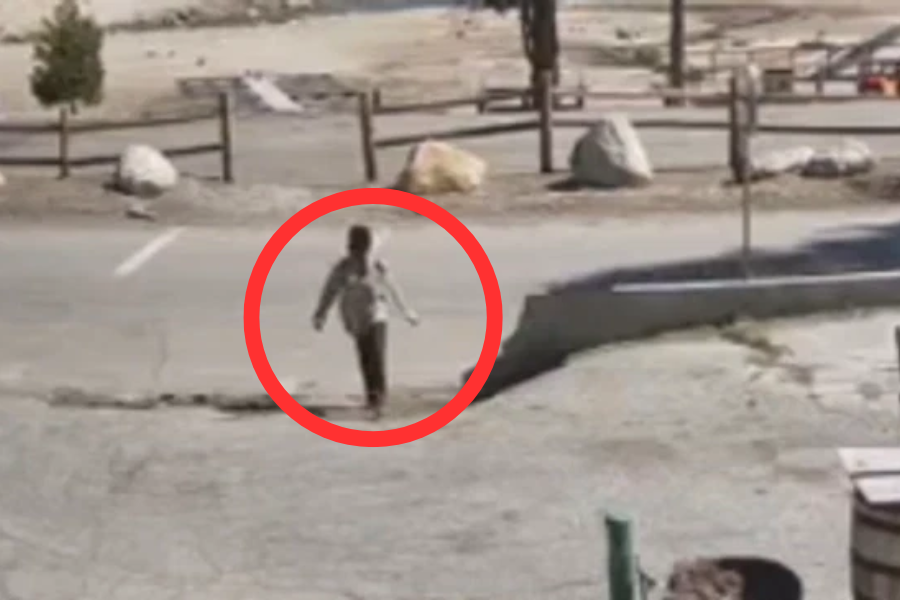
Surveillance footage placed her at a convenience store near Huntington Lake on April 20—buying snacks and filling up on gas. It was the last confirmed sighting.
A clerk remembered her vividly. “She had a big smile. Like she was excited to be going off-grid,” he said. No one could imagine she was heading into a trap.
That image—alive, well, unsuspecting—was burned into her family’s mind. But between the smile and the silence, something in the woods had changed everything.
Authorities Reduce Search Efforts
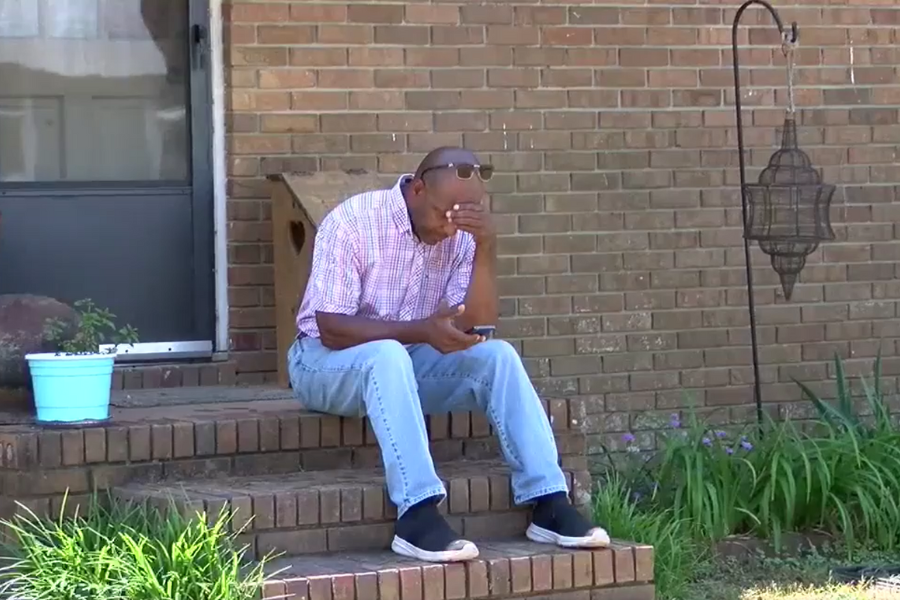
By early May, with zero confirmed clues and worsening weather, the Sheriff’s Office scaled back active searches. Helicopter sweeps slowed. Ground teams pulled back. It was a painful shift.
Bobby Slaton made a public plea: “Please don’t give up on her. I know my daughter. She’s out there, fighting.” But rescues cost money. And patience was thinning.
Privately, officials discussed survival rates. After two weeks in those conditions? “Unlikely,” one said. But what they didn’t know was—she was still alive, barely.
Family’s Unwavering Determination
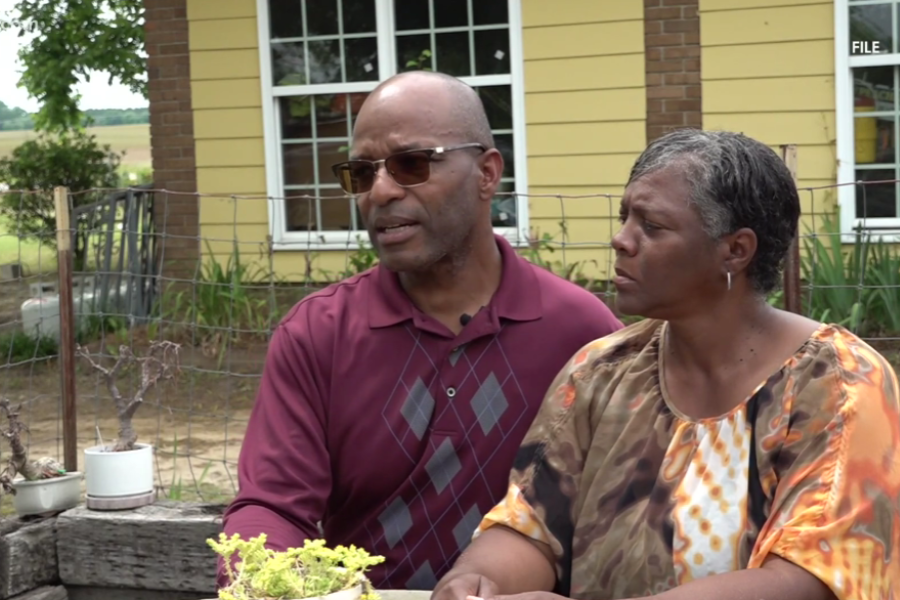
Bobby refused to stop. “We’ll search ourselves if we have to,” he told friends. To keep momentum alive, volunteers printed flyers, shared updates online, and launched a GoFundMe.
A small team of family and supporters began combing old logging roads and trailheads. “If she can survive up there, we can at least keep looking,” Bobby said.
The official effort may have paused. But in the eyes of her father, the search was only just beginning. And fate was about to intervene.
The Unlocked Cabin at Vermilion Valley Resort

On May 13, Tiffany—starving, delirious, and down 40 pounds—saw something impossible through a curtain of snow: a dark roofline, half-buried. A building. Civilization. Safety. Maybe.
It was a summer cabin, shuttered for the season. She dragged herself to the door. It creaked open. Inside, a couch, a stove, and warmth—real warmth.
“I thought I was dreaming,” she later said. But it wasn’t a dream. It was the Vermilion Valley Resort. And someone was on their way back to check it.
The Resort Owner’s Timely Arrival

Resort co-owner Christopher Gutierrez had returned early to prep for summer guests. What he found instead stopped him cold. A voice—weak, hoarse—from inside: “Help me. Please.”
“She looked like a ghost,” Gutierrez told The Fresno Bee. “Filthy, limping, but smiling through cracked lips. She asked if I could call her dad.” He thought she was hallucinating.
But she wasn’t. Tiffany Slaton had survived 22 days alone in the wilderness. And she had one request: “Tell my dad I’m alive.”
Tiffany’s Call to Her Father

Christopher handed her a phone. Tiffany dialed the number she’d written in her journal every night. Bobby answered on the first ring. “Dad, it’s me.”
There was a pause. Then—“Baby? Is this really you?” His voice cracked, disbelief and joy colliding in a rush of tears. She wept too. “I didn’t think I’d ever get to call you again.”
Bobby’s knees buckled. “You’re alive,” he whispered. “You made it.” But beneath his joy, a question flickered—how had she survived?
Dehydration and Eye Damage

Paramedics rushed her to Clovis Community Medical Center. Her body was skeletal. Her eyes were damaged by the sun’s glare in the snow. Her blood pressure dipped into dangerous lows.
Doctors were stunned. “She had no food for over two weeks,” one ER nurse reported. “Only wild plants and melted snow. It’s incredible she’s alive at all.”
She was treated for frostbite, exposure, and malnutrition. But mentally, she was lucid. “I never gave up,” Tiffany told them. “Even when it would’ve been easier.”
Turning 28 After the Ordeal

Just days later, on May 17, Tiffany turned 28. She spent it wrapped in blankets, surrounded by her family, with reporters waiting outside the hospital lobby.
She held a cupcake in trembling hands. “I told myself if I could make it to my birthday, I’d live,” she said. “That was my deal with God.”
But outside the room, stories were already spreading. Her survival was miraculous. But was it too miraculous?
Sharing the Survival Story

Within days of her rescue, cameras gathered outside the hospital. Tiffany’s story hit national headlines—“Woman Survives 22 Days After Cliff Fall.” Reporters clutched notebooks, eyes wide with awe.
She sat beside her father at a press conference, still pale, legs bandaged. “I knew I had to fight,” she said. “Something told me, ‘Don’t quit.’”
Flashbulbs popped. Applause followed. But among the claps and cheers, someone whispered, “Wait, did she say avalanche?”
National Attention on Tiffany’s Experience

From Good Morning America, People, to Inside Edition, Tiffany’s story spread fast. “Modern-day miracle,” one anchor called it. Her father said she should “inspire a movie.”
Producers called. Podcasts reached out. One influencer even posted, “Queen of the Mountains—Tiffany Slaton is a legend.” Her Instagram followers quadrupled within days.
But the more her story was told, the more people started listening closely. Too closely.
Outpouring of Relief and Joy

Her hometown of Jeffersonville, Georgia, held a candlelight vigil. Locals brought flowers. “I cried when I heard she was found,” one woman told the news. “She’s our miracle.”
Donations poured in to cover medical bills. A GoFundMe surged past $20,000. Strangers wrote letters of admiration, calling her “an angel of grit and grace.”
But in the corners of the internet, questions began forming. Why were there no frostbite amputations? How did she survive without protein? Why didn’t the dogs find her?
Public Fascination with the Tale
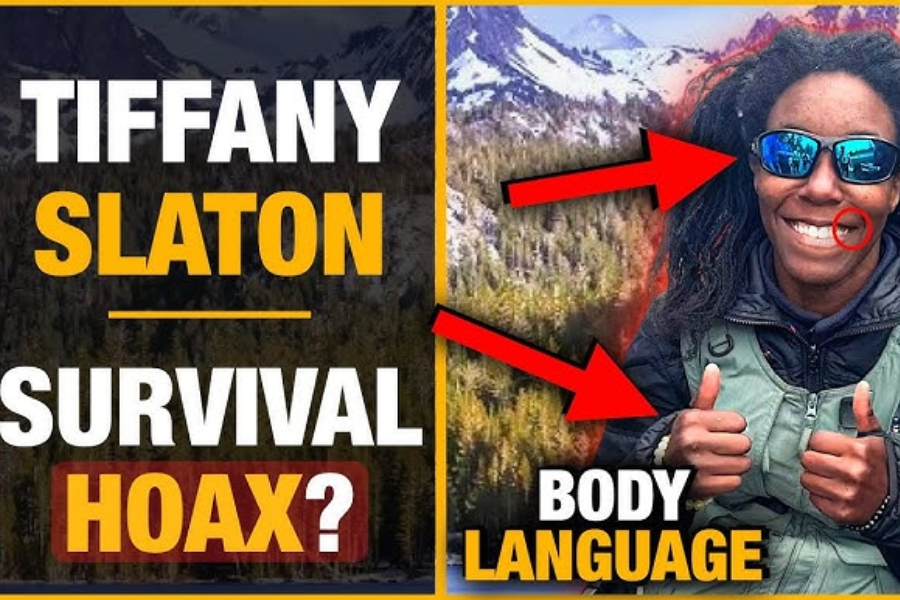
TikTokers made dramatizations. Reddit threads picked apart her timeline. “Day 13 and she’s fending off predators?” one comment read. “That’s either badass or BS.”
Wilderness forums grew especially skeptical. “No footprints found?” “Boiled snow for 22 days?” “No bear spray?” Threads bloomed. Posts were shared. Hashtags appeared: #TiffanyTruth and #SurvivorOrStory.
At first, Tiffany ignored the noise. “People want to tear down anything beautiful,” she told a nurse. But even she sensed the tide was turning.
A Narrative of Resilience
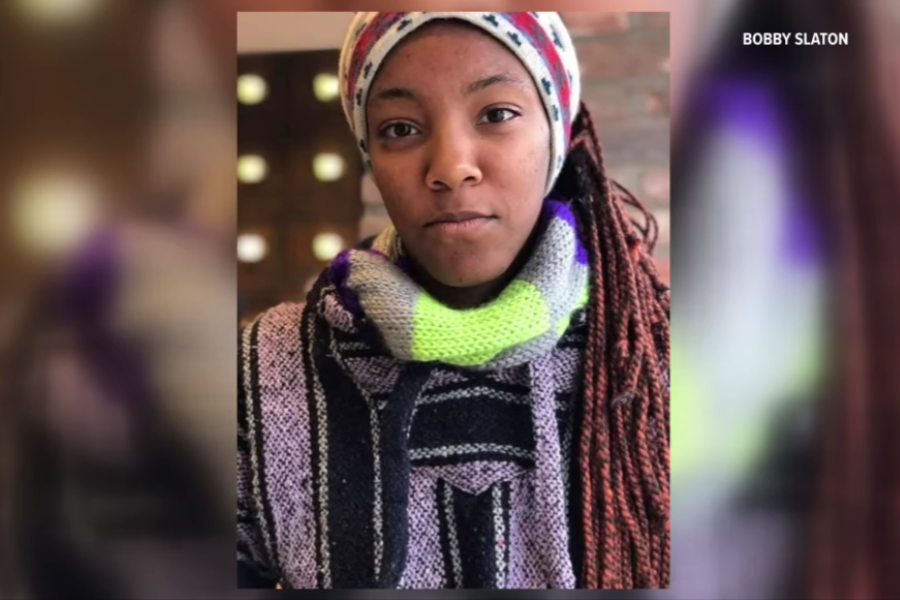
Analysts began comparing Tiffany to other high-profile survivors—Aron Ralston, Juliane Koepcke, and even Amanda Eller. But something didn’t fit neatly. “This one’s different,” a journalist remarked. “It’s hazier.”
Each known case had trails, footage, medical logs. Tiffany’s had journal pages, a few photos, and one rescuer’s testimony. The evidence felt… ephemeral.
Still, the public wanted to believe. But belief has a limit. And just beyond that line, doubt was waiting.
Was It Plausible in April?
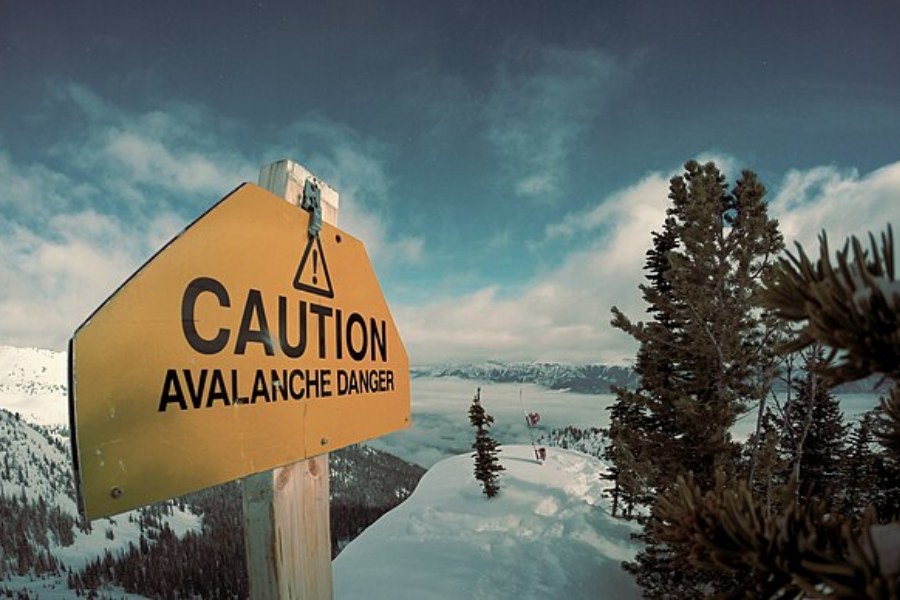
Tiffany claimed an avalanche knocked her off a cliff on April 20. But meteorologists reviewed conditions near Kaiser Pass and found no recorded avalanche activity that week.
“No fresh slides in the area during that period,” said one backcountry weather analyst. “Too early in spring. Snowpack was stable.” The claim was possible, but not probable.
Skeptics took note. “If the fall didn’t happen like she said,” one commenter asked, “what else didn’t?”
Experts Weigh In on the Ordeal
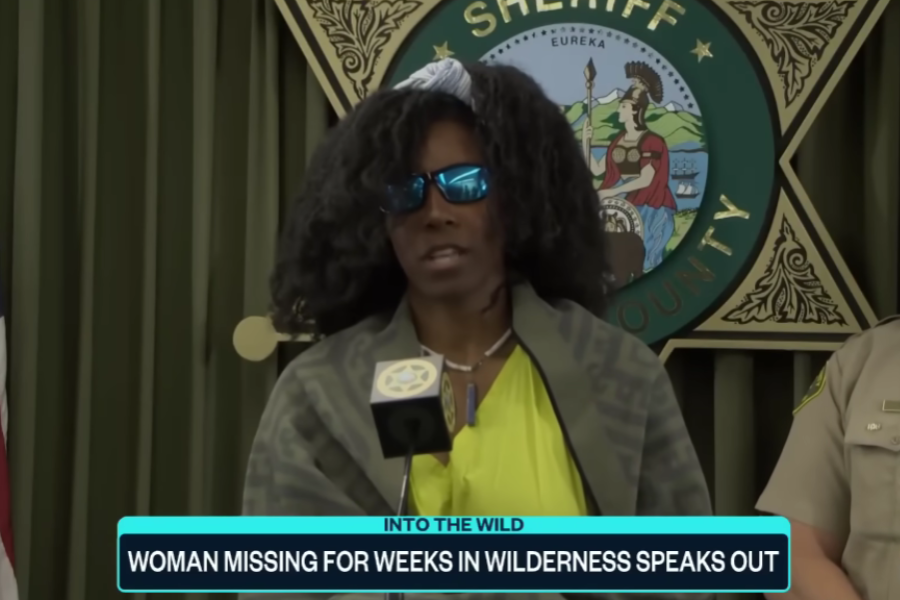
Wilderness survivalists began assessing her story point by point. “Boiled snow is fine for hydration,” said one, “but 22 days without calories? That’s starvation-level.”
Another questioned her foraging claims. “Wild leeks that high up in April? That’s…stretching it.” Others raised issues about her injuries: a dislocated knee, fractured leg, frostbite—but she walked unaided into a cabin?
“Some parts are just medically unlikely,” said Dr. Jules Monroe, trauma specialist. “Not impossible. But highly, highly unusual.”
GPS Functionality and Communication Claims
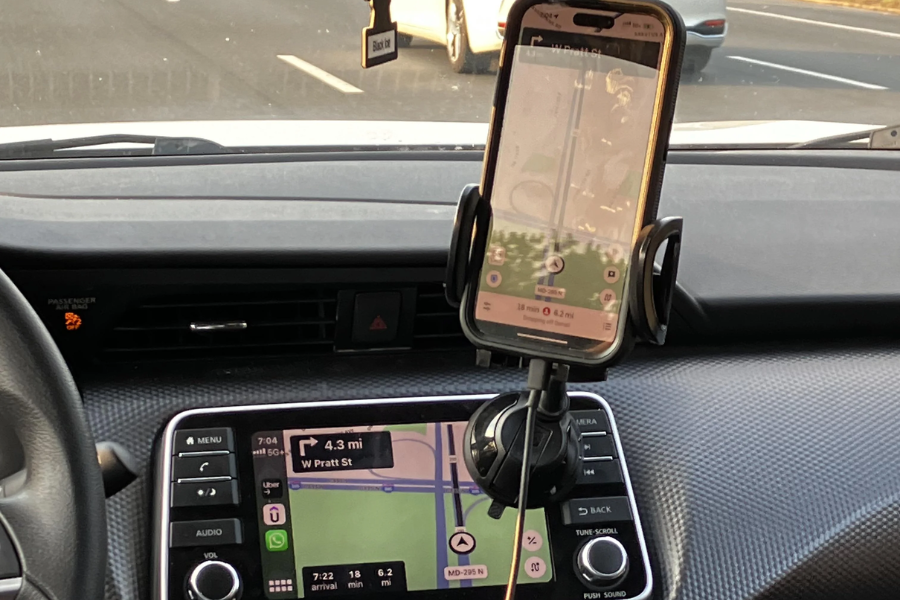
Tiffany said she made repeated 911 calls that failed. Yet at a press conference, she joked about asking her GPS where the nearest Starbucks was—and getting a reply.
“It said, ‘18 miles from here,’” she recounted. But reporters raised eyebrows. One local anchor said, “Siri doesn’t work unless you have connectivity. No call to 911—but Siri worked?”
The contradiction lit up social media. If her phone had a signal, why didn’t help come sooner? And if it didn’t… how did she find Starbucks?
Online Discussions and Speculations
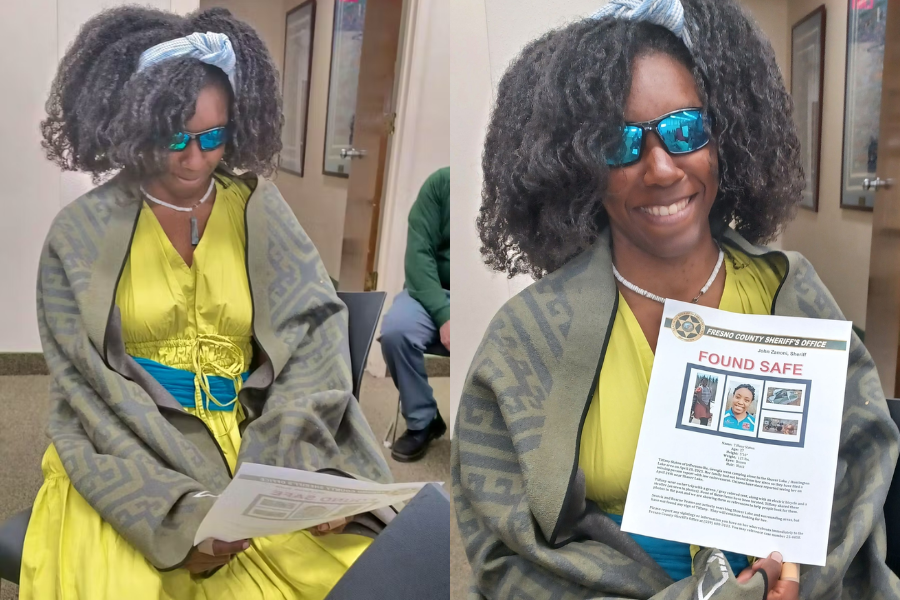
As Tiffany’s story gained traction, so did online skepticism. Reddit sleuths questioned her injuries. TikTok breakdowns picked apart her journal quotes. Doubters weren’t quiet—they were multiplying.
One commenter, claiming to know the Sierra Nevada, didn’t hold back. “Option 1: She’s mentally ill. Option 2: She embellished to hide stupidity. Option 3: it’s all for GoFundMe and a book deal.”
“Anyone who knows the area would agree,” the comment ended. It spread quickly because some didn’t just question the story. They believed they already knew the ending.
Authorities Seek More Details

Fresno County Sheriff’s Office issued a quiet statement: “We are aware of community interest in this case. We continue to review reports and welcome additional information.”
Tiffany, meanwhile, withdrew from public life, but with a renewed faith. “I really do have a new faith in humanity.” She hasn’t granted any further interviews. Her father calls the speculation “noise.”
Maybe we’ll never learn every detail. Maybe survival, like the wilderness itself, doesn’t obey clean logic. But one fact endures: she walked back into the world. And not everyone does.
